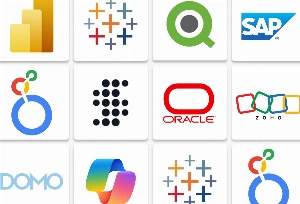# Screen Control
With screens playing a bigger role in work, education, and entertainment, more people are searching for ways to balance their digital lives. A screen time management app is a timely idea for a SaaS startup that could cater to individuals, families, and even organizations.
The need for such tools has grown as people struggle to stay focused amidst constant notifications and endless scrolling. A good app could help users block distractions, schedule downtime, and build healthier tech habits. For any type of business, it could improve employee productivity and reduce burnout.
Here’s how a screen control app could stand out:
- Customizable Blocking Sessions: Let users block specific apps, websites, or even the internet during set times.
- Cross-Platform Integration: Ensure seamless management across phones, tablets, and desktops.
- Usage Analytics: Provide insights into time spent on devices and suggest healthier usage patterns.
- Family Features: Allow parents to manage screen time for kids, including scheduling and educational app prioritization.
- Wellness Goals: Help users set goals like “screen-free evenings” or “no social media during work hours” with reminders and progress tracking.
Tech Startups and Their Impact on the Market
Behind the massive success of famous startups are stories of creativity, resilience, and adaptability.
Let’s dive into the stories of seven game-changing tech startups and learn some practical lessons to inspire.
1. Airbnb
In 2008, Brian Chesky and Joe Gebbia struggled to pay rent, so they decided to rent out air mattresses in their living room during a busy conference in San Francisco. They called it “Air Bed and Breakfast,” combining low-cost stays with a personal touch. Fast forward to today, Airbnb operates in over 220 countries, connecting millions of travelers with unique accommodations.
Lesson for Entrepreneurs:
- Find untapped demand: Airbnb identified a gap in the market for affordable and personalized stays.
- Start small, think big: What began as air mattresses became a global platform for the sharing economy.
- Leverage user feedback: Listening to hosts and guests helped them refine their platform into a seamless experience.
2. Zoom
When Eric Yuan founded Zoom in 2013, he entered an already crowded video conferencing market. However, Yuan’s focus on user experience, reliability, and scalability set Zoom apart. During the COVID-19 pandemic, Zoom became essential for remote work, online education, and staying connected.
Lesson for Entrepreneurs:
- Solve a real problem: Zoom simplified video conferencing with an intuitive interface.
- Be ready for unexpected demand: Their infrastructure scaled rapidly during the pandemic.
- Focus on user-centric design: Prioritizing ease of use built customer loyalty.
3. Stripe
Brothers Patrick and John Collison launched Stripe in 2010 to address a key pain point: clunky, outdated online payment systems. By offering a seamless API, Stripe allowed businesses to integrate payment solutions easily. Today, it powers millions of e-commerce platforms.
Lesson for Entrepreneurs:
- Address friction in processes: Stripe succeeded by making online payments simpler and faster.
- Target developers as allies: Stripe’s developer-friendly approach created a loyal customer base.
- Iterate constantly: Regular updates ensured Stripe stayed ahead of competitors.
4. Canva
Founded in 2013 by Melanie Perkins, Canva started with the mission to make graphic design simple for everyone. From social media templates to professional-grade tools, Canva empowered users without design experience to create stunning visuals. Its freemium model and user-friendly interface attracted millions of users.
Lesson for Entrepreneurs:
- Democratize a complex process: Canva’s simplicity disrupted the traditional design industry.
- Focus on inclusivity: The platform appealed to individuals and businesses alike.
- Leverage freemium effectively: Canva’s free tools attracted users who later upgraded to premium plans.
5. Robinhood
In 2013, Robinhood revolutionized stock trading by eliminating commission fees. By targeting younger investors with an easy-to-use mobile app, Robinhood opened up investing to a broader audience and forced traditional brokerages to adapt.
Lesson for Entrepreneurs:
- Challenge traditional pricing models: Robinhood’s commission-free structure disrupted the industry.
- Appeal to underserved audiences: Their focus on younger investors tapped into an overlooked demographic.
- Simplify complex systems: Making investing accessible and user-friendly drove adoption.
6. Shopify
What started as a platform to sell snowboarding gear in 2006 quickly turned into Shopify, a comprehensive e-commerce solution. Shopify made it easy for anyone to set up an online store, helping small businesses thrive in the digital age. Today, it powers over a million businesses worldwide.
Lesson for Entrepreneurs:
- Empower your users: Shopify gave entrepreneurs the tools to compete online.
- Build for scalability: Its flexible platform supports businesses of all sizes.
- Create an ecosystem: Shopify’s app store and integrations enhance user experience.
7. SpaceX
Founded by Elon Musk in 2002, SpaceX aimed to reduce space exploration costs. By developing reusable rockets, SpaceX not only achieved this but also made space travel a viable tech industry for private enterprises. Its partnerships with NASA and successful launches cemented its place as a pioneer.
Lesson for Entrepreneurs:
- Take bold risks: SpaceX tackled a problem many deemed impossible.
- Innovate for cost efficiency: Reusable rockets significantly lowered space exploration expenses.
- Collaborate strategically: Partnerships with NASA boosted credibility and resources.
Tech Startups: Trends and Perspectives
Success lies in addressing real-world problems with the help of new tech. By observing what’s trending, like AI making niche impacts, healthtech solving personal challenges, or sustainability fueling rapid growth, startups can discover unique ways to innovate.
Here are some tech startup company trends that illustrate the directions entrepreneurs are taking:



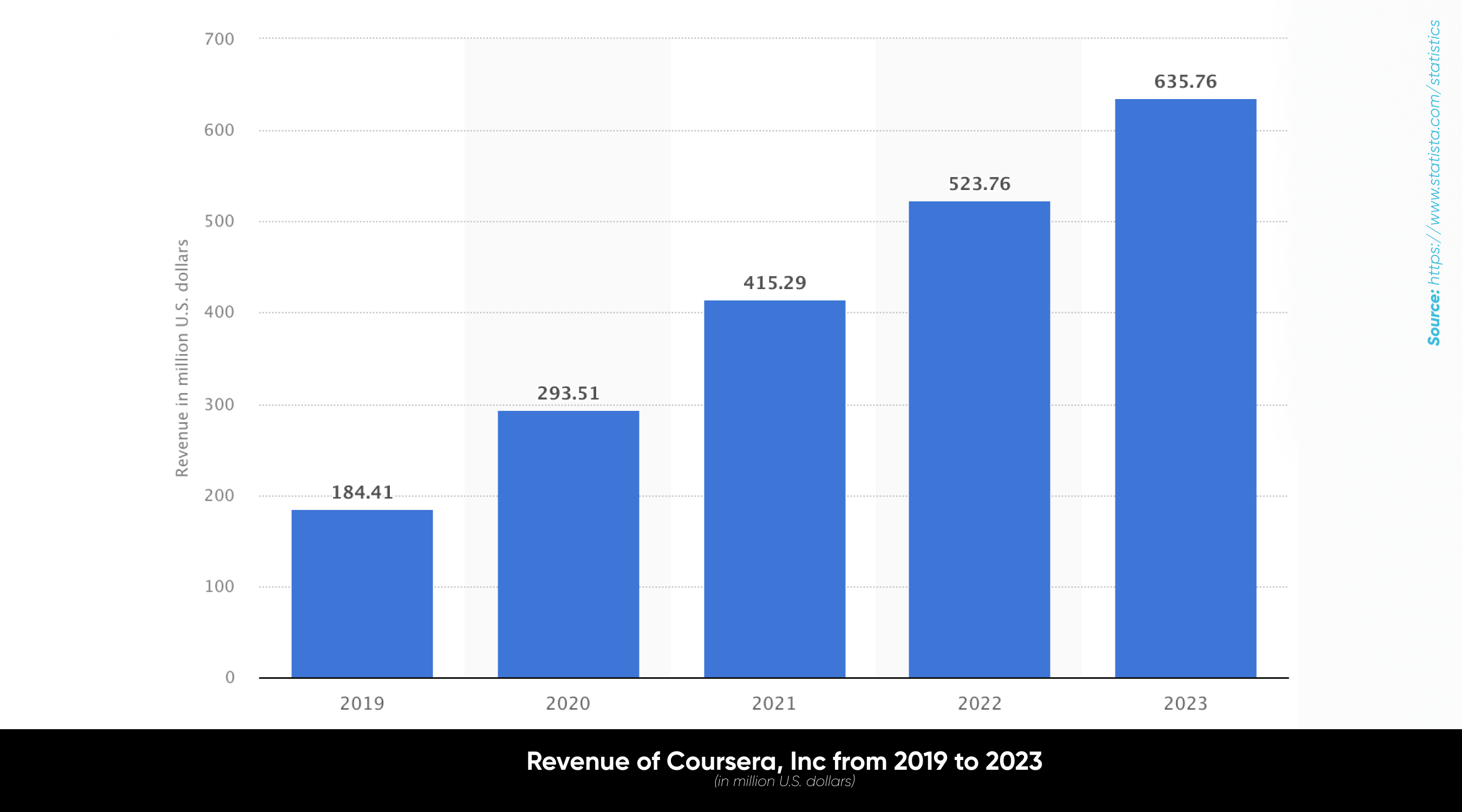
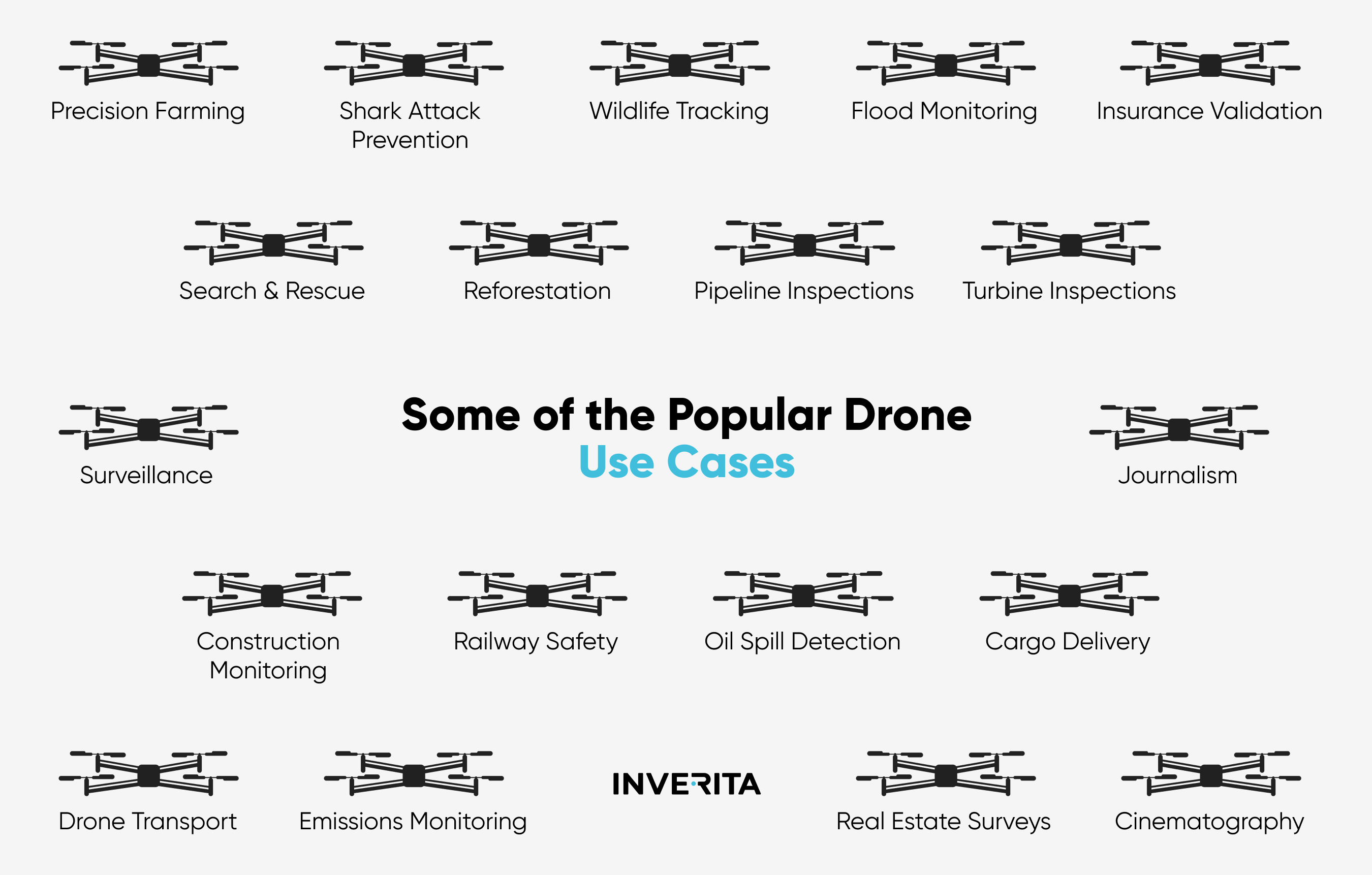
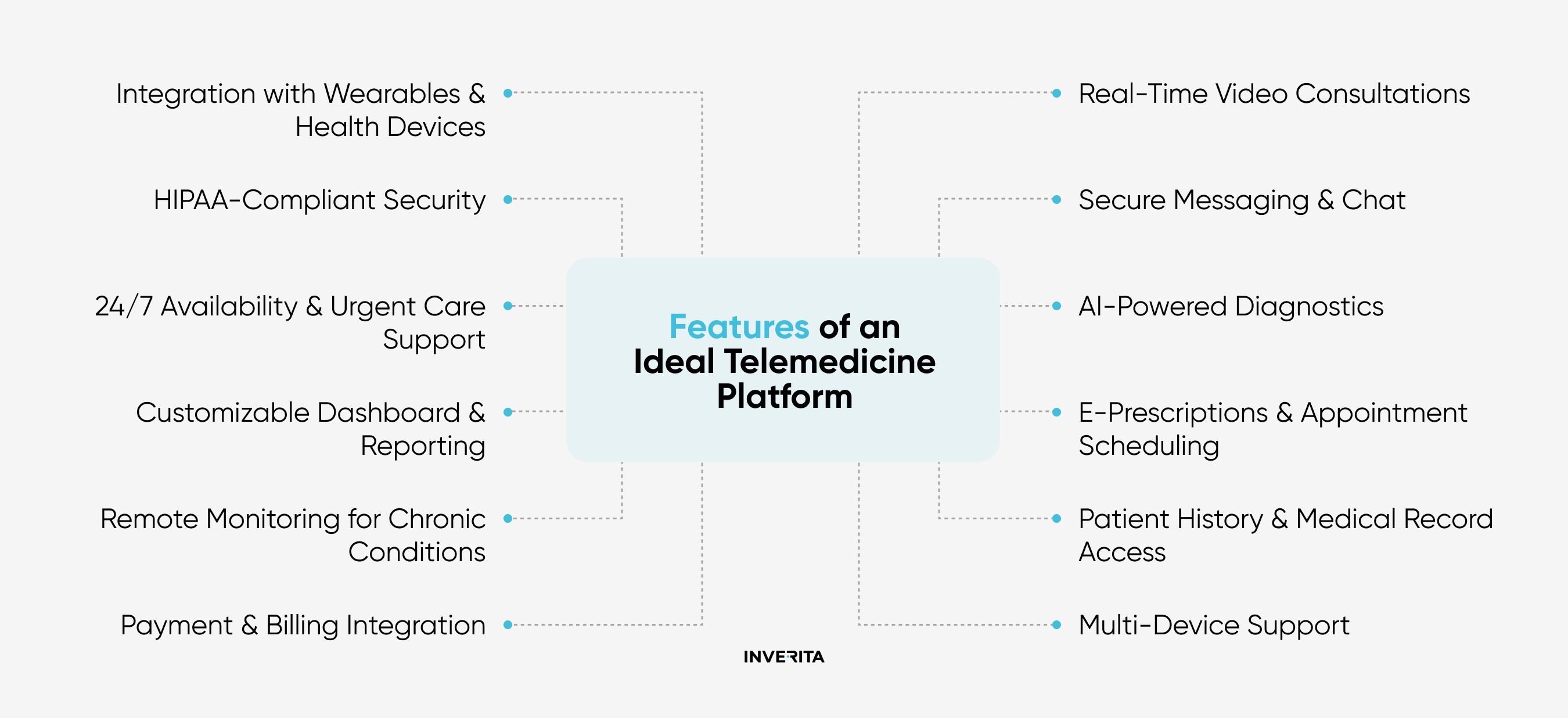
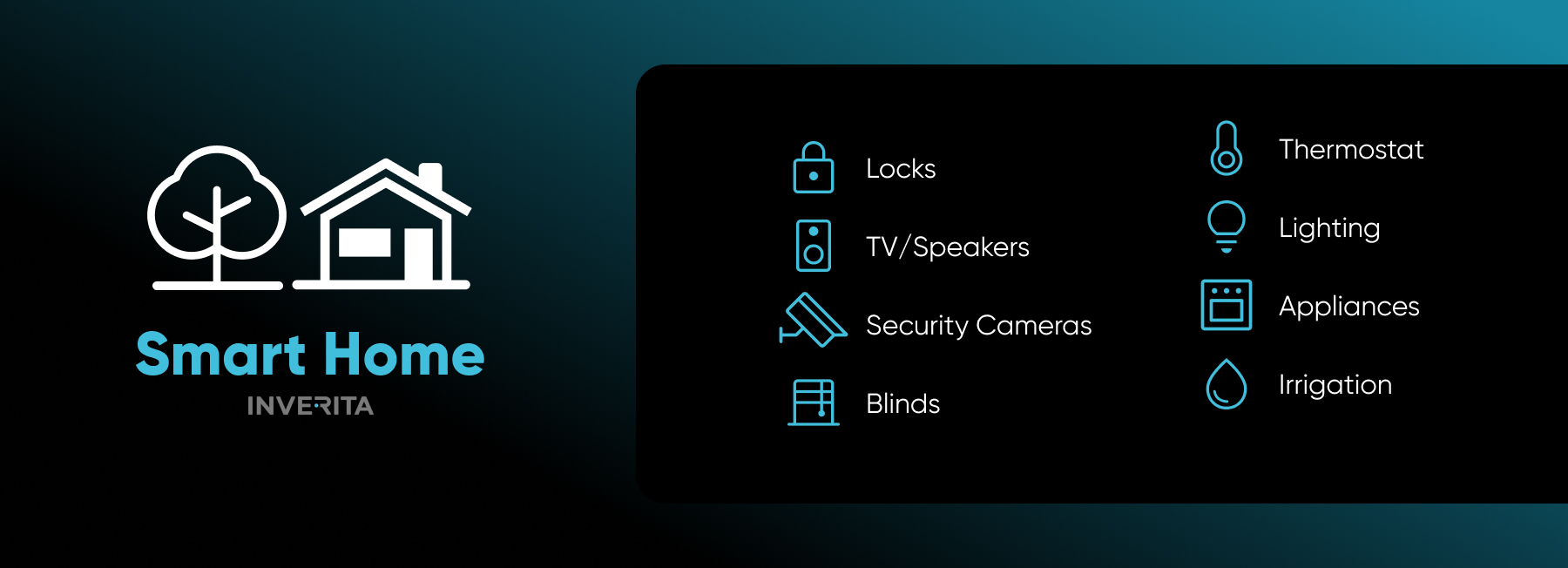


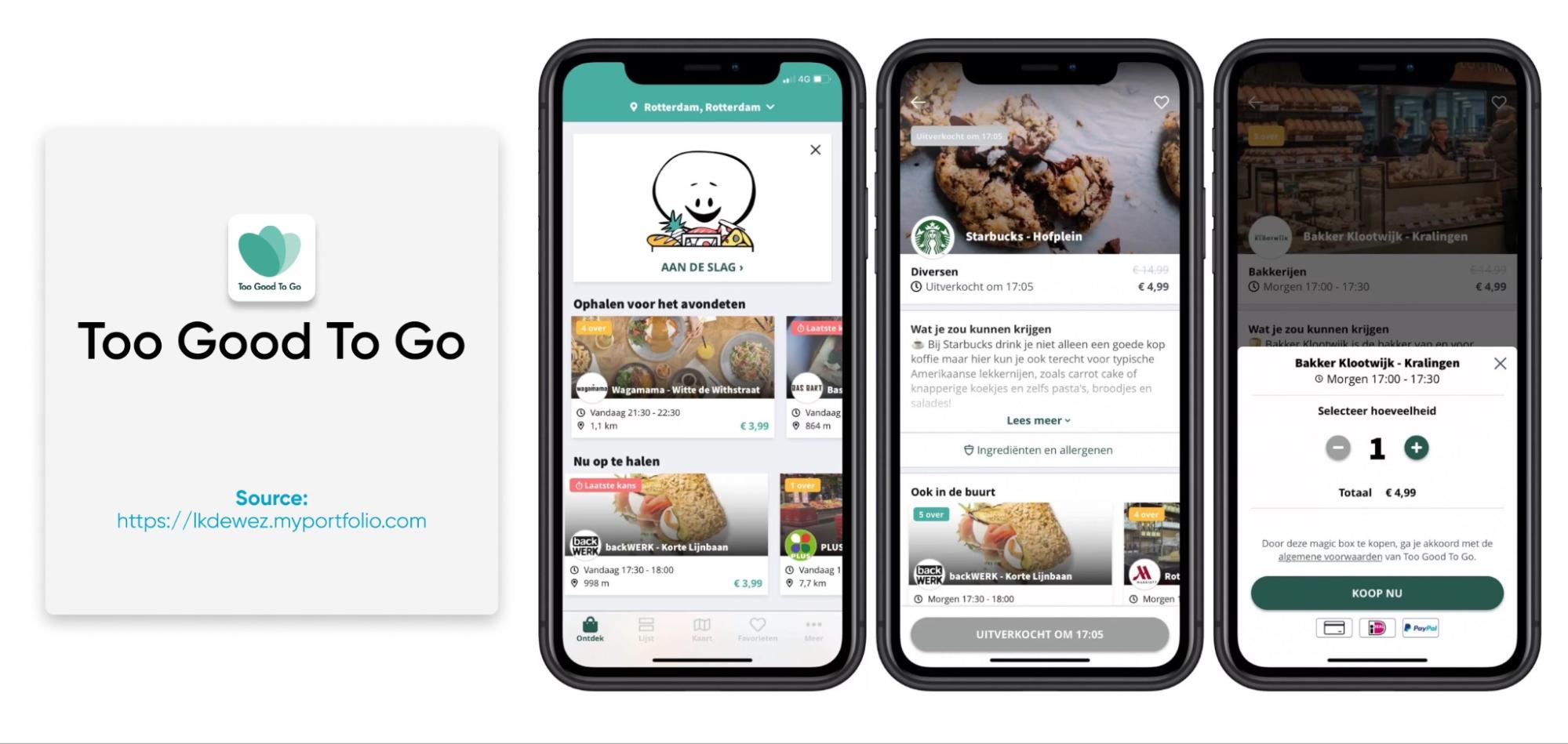
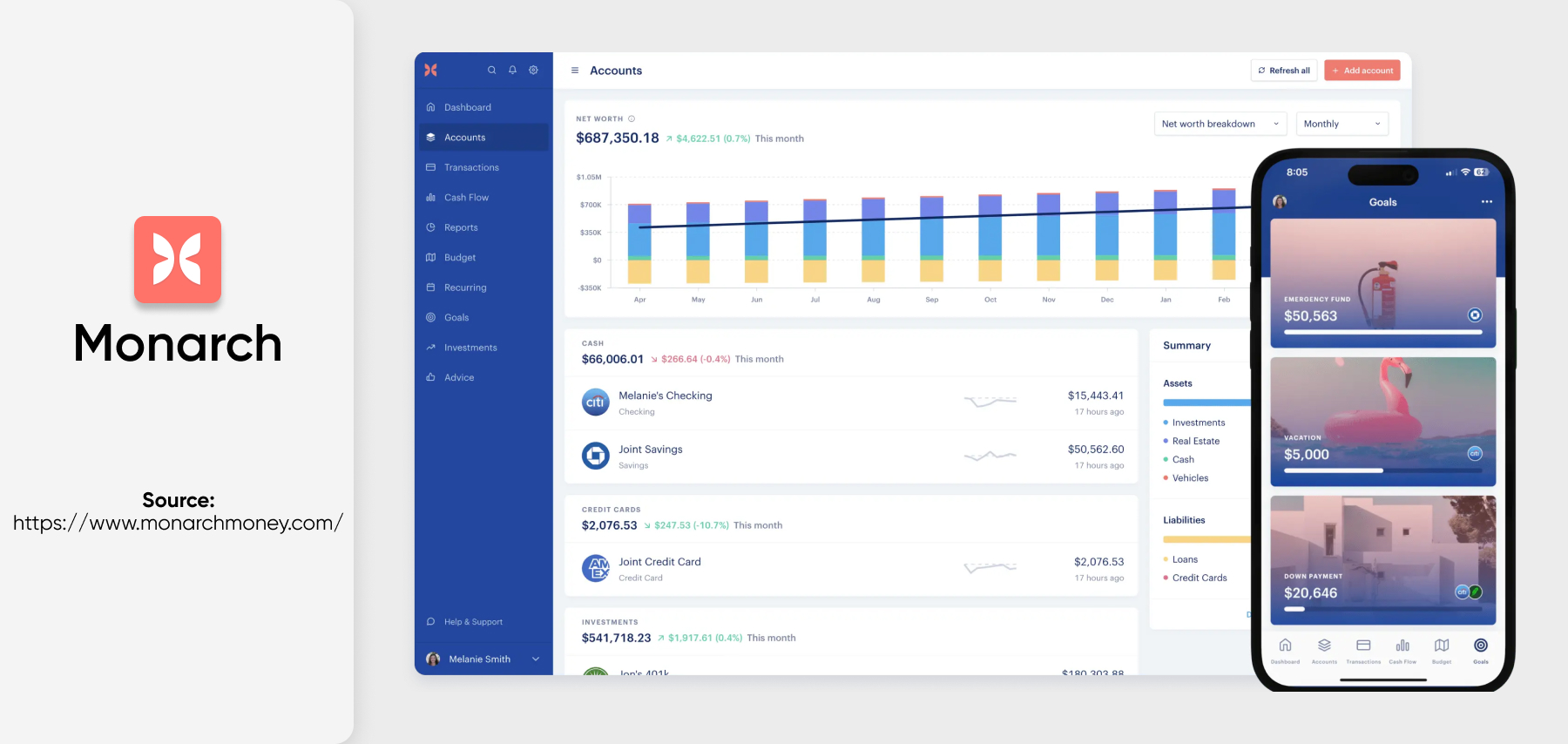
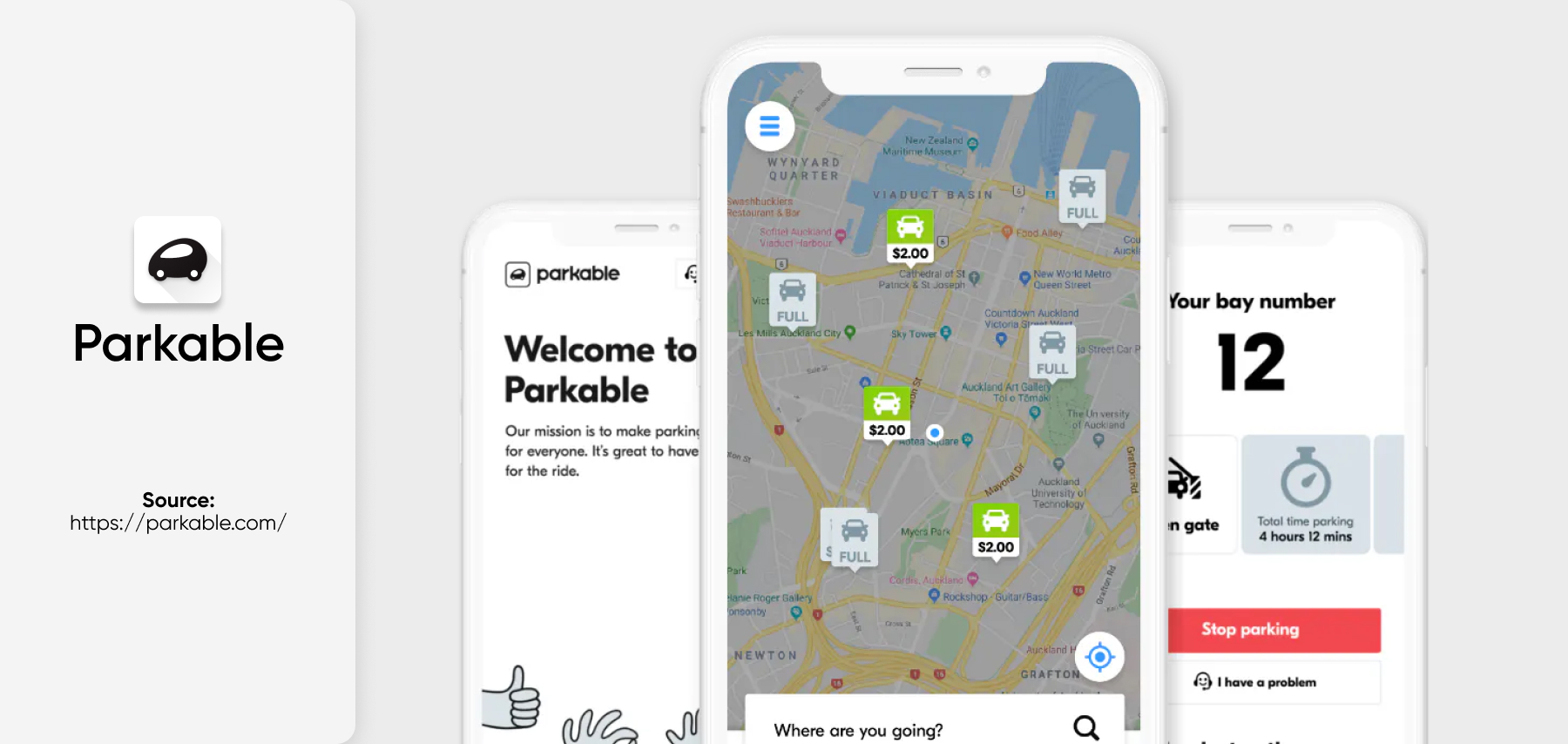
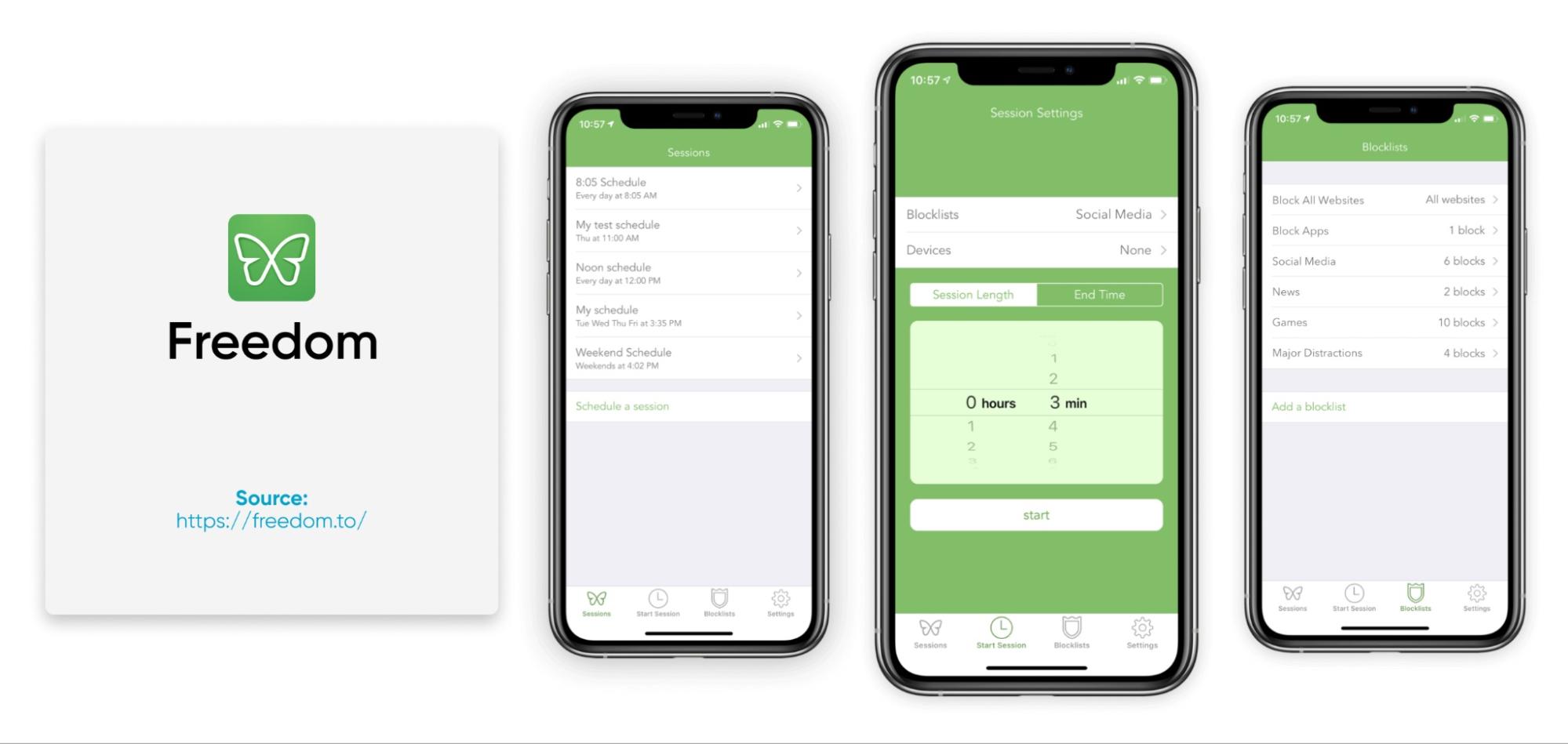

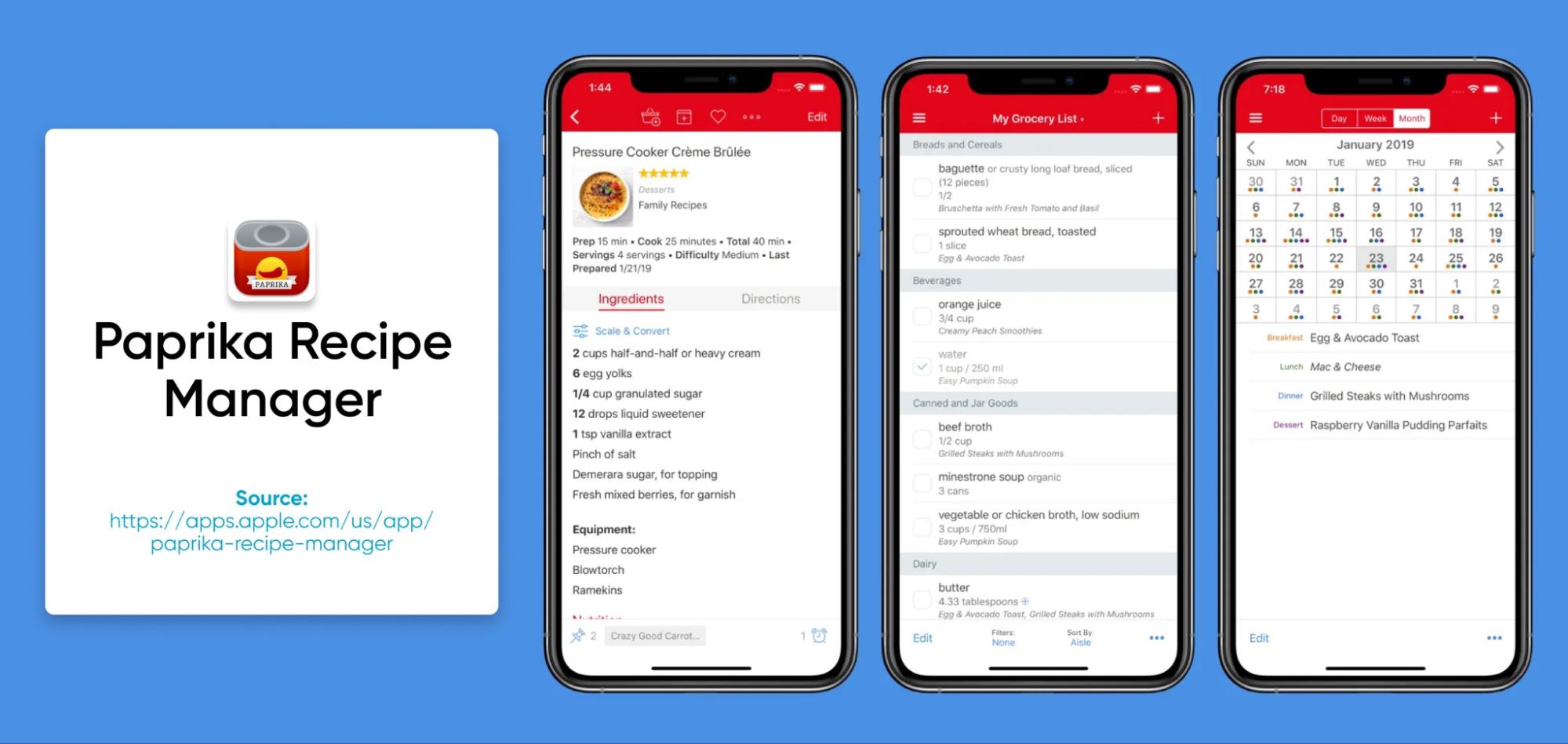

_1764586939-small.webp)
